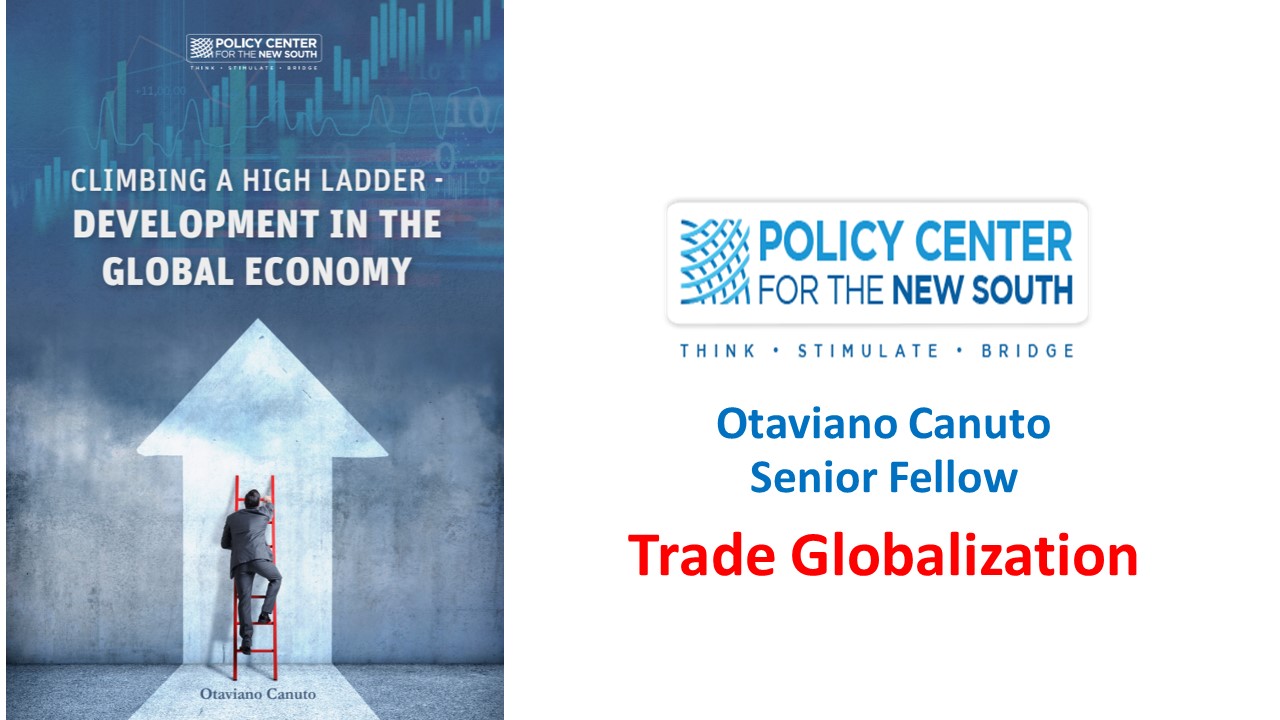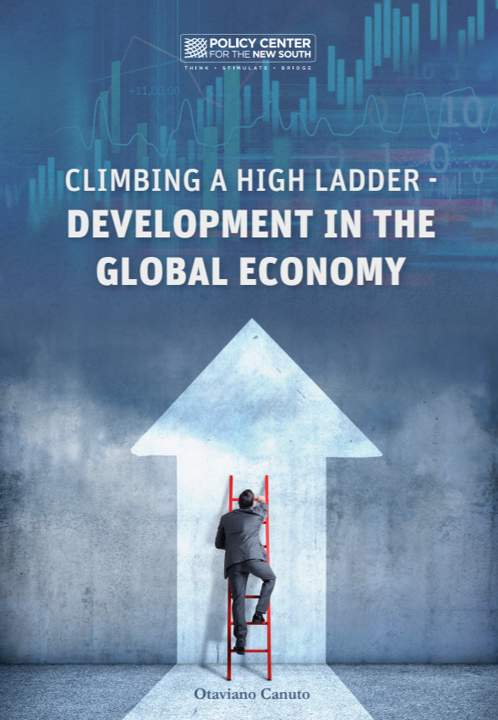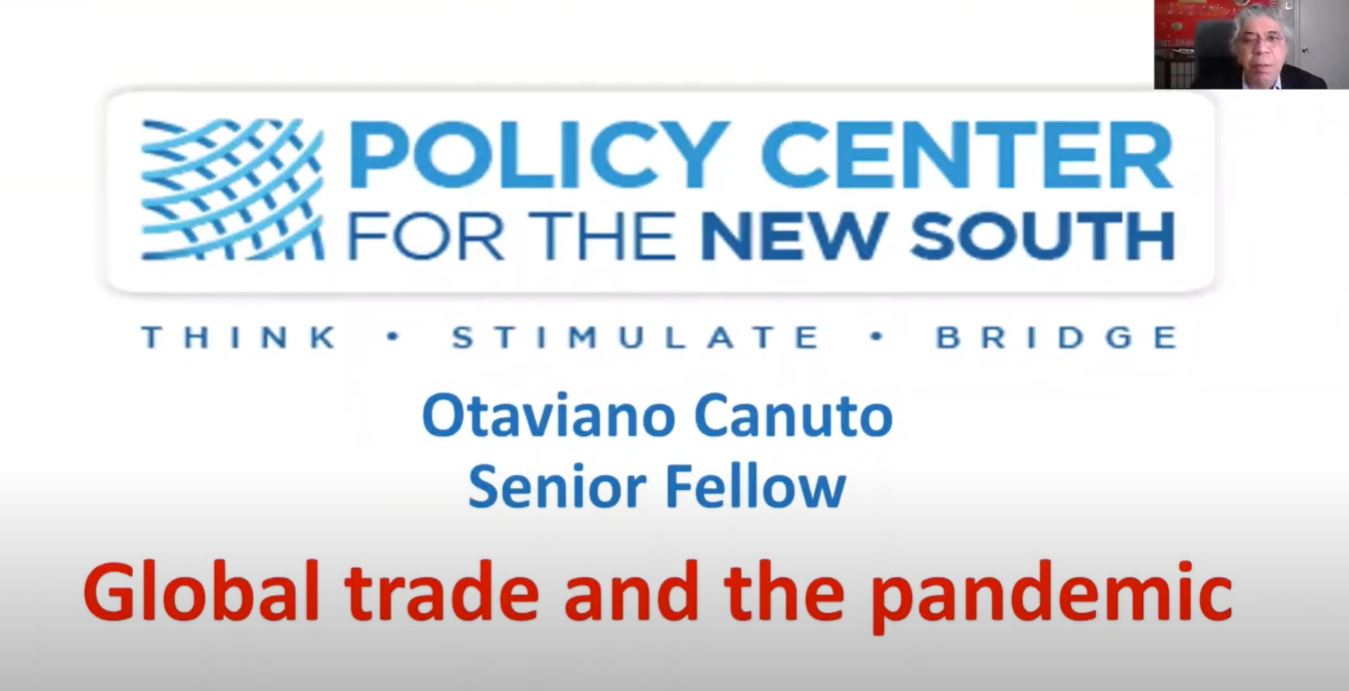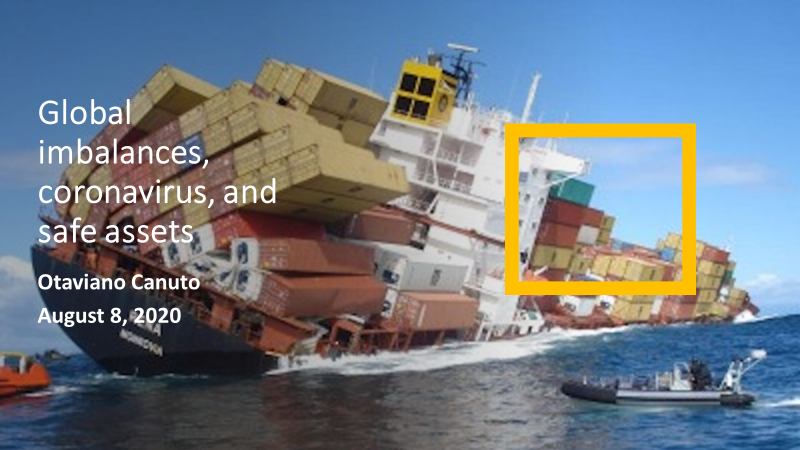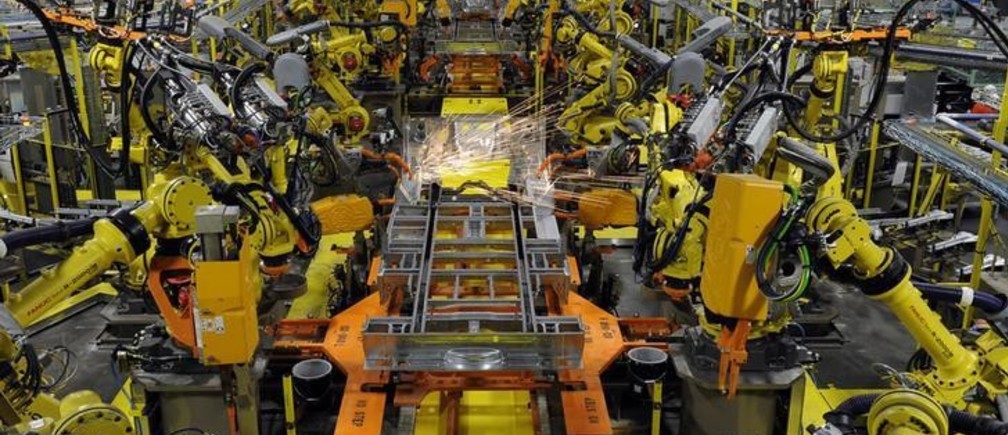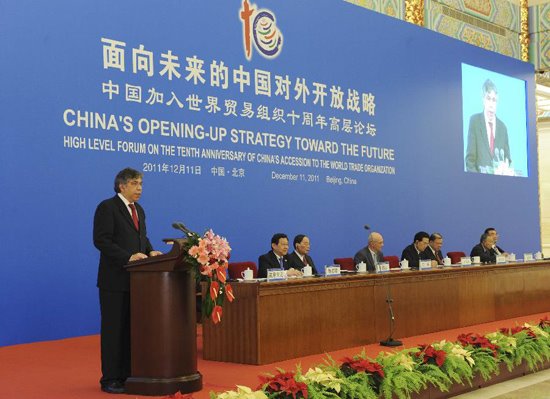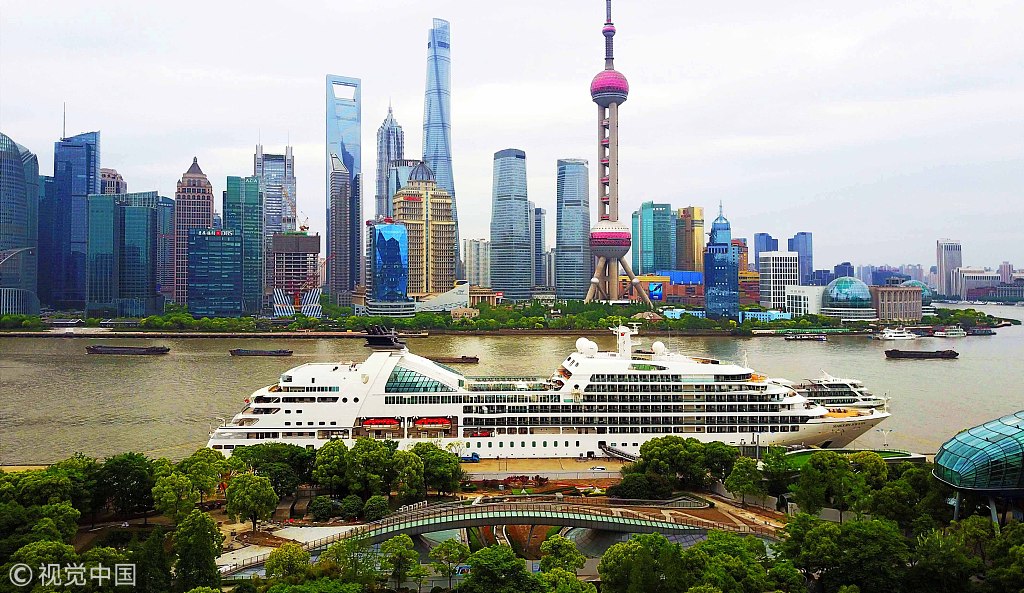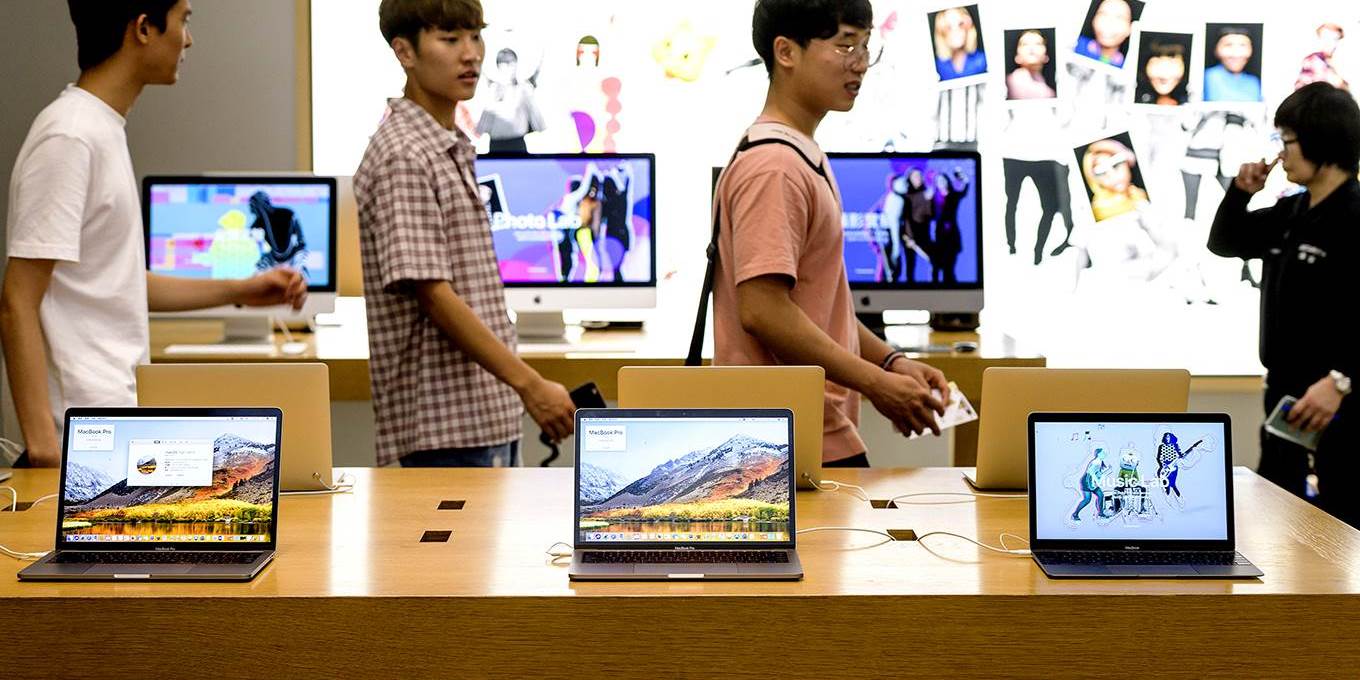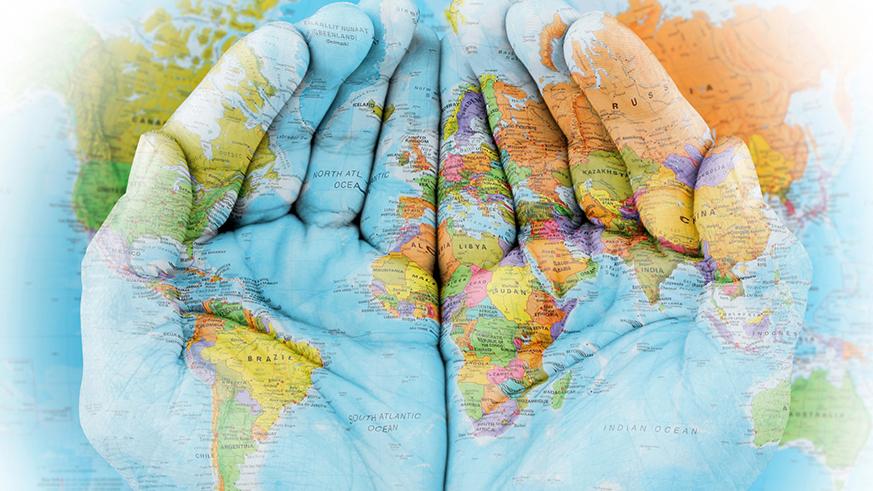Trade globalization
In the 1990s and 2000s, the world manufacturing production to a substantial extent moved from advanced countries to some developing countries. This was the result of the combination of an increase of the labor supply in the global market economy, trade opening, and technological transformations that allowed for fragmentation of production processes. As a result, foreign trade expanded, and world poverty diminished. Such trade globalization process stabilized in the 2010s and tends to be partially reversed by the new wave of technological changes.

